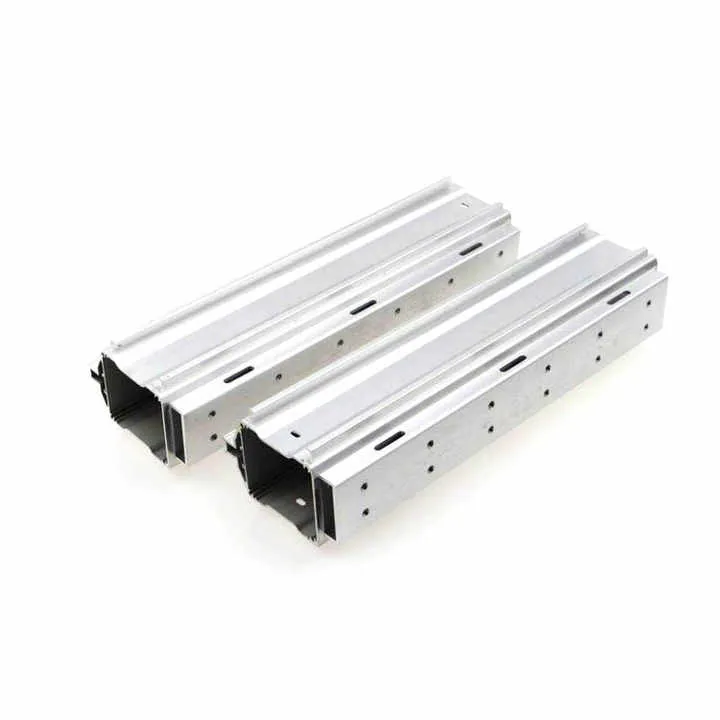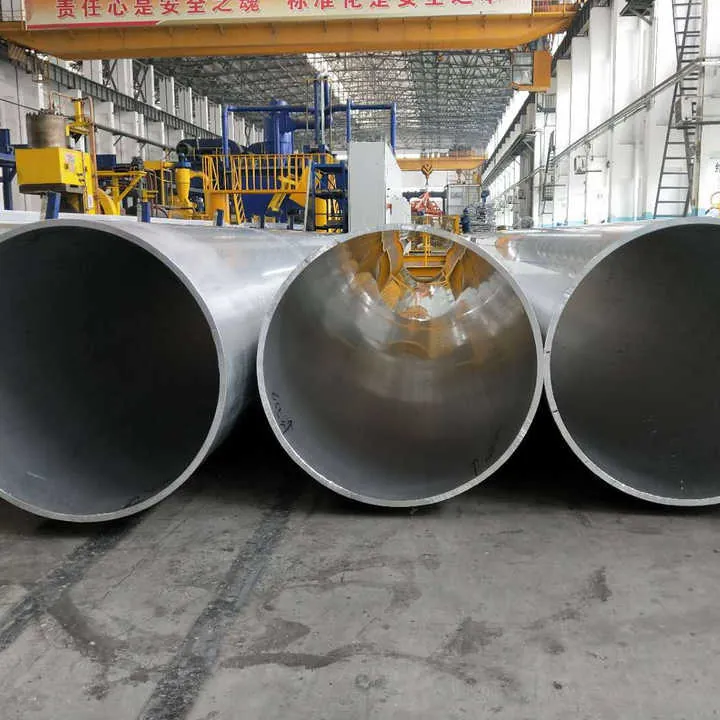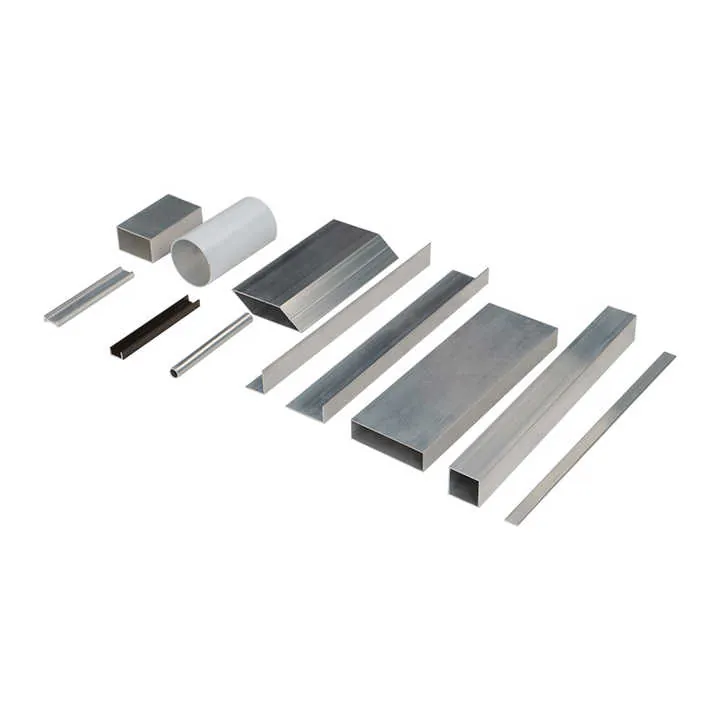Aluminum 7075 vs 7005 for Extrusion Profiles: Which Is Better?

I often compare 7075 and 7005 when designing high-performance profiles. One offers unmatched strength, while the other shines in weldability and ease of production.
7075 provides higher strength, but 7005 is easier to extrude and weld, making it more cost-effective in many cases.
Here’s how they compare in real-world applications.
Which is stronger for extruded profiles: 7075 or 7005?
I’ve tested both alloys in stress environments. The difference is clear when it comes to raw tensile power.
7075-T6 delivers significantly higher strength than 7005-T6.

Strength comparison:
| Alloy | Ultimate Tensile Strength | Yield Strength | Fatigue Strength |
|---|---|---|---|
| 7075-T6 | ~572 MPa | ~503 MPa | ~160 MPa |
| 7005-T6 | ~350 MPa | ~290 MPa | ~150 MPa |
7075 is ~60% stronger than 7005 in tensile tests, making it better for parts under static high loads.
How do extrusion challenges differ?
I’ve seen many factories hesitate when handling 7075 due to process sensitivity.
7075 is harder to extrude and requires more control. 7005 extrudes easier and more consistently.

Extrusion process summary:
| Parameter | 7075 | 7005 |
|---|---|---|
| Extrusion ease | Difficult – tight process | Easy – smoother flow |
| Heat tolerance | Sensitive – may crack | More forgiving |
| Dimensional hold | Needs strict control | Holds dimensions better |
| Surface finish | May require post-polish | Consistently clean |
7005 is ideal for manufacturers prioritizing production efficiency.
Which alloy offers better weldability?
Welding is where 7005 really stands out. I’ve used it in multiple projects needing post-weld strength.
7005 is weldable and does not require heat treatment after welding. 7075 is prone to cracking and not recommended for welding.

Weldability overview:
| Alloy | Weldability | Post-weld Treatment Needed | Notes |
|---|---|---|---|
| 7075 | Poor | Not practical | High crack risk |
| 7005 | Excellent | No post-aging required | Used in bike and frame parts |
If welding is involved, 7005 is the obvious choice.
Which is more cost-effective for production?
I’ve sourced both alloys for extrusion jobs. The numbers show a clear advantage for 7005 when it comes to budget.
7005 is more affordable and efficient to produce at medium-to-large scale.

Cost comparison:
| Cost Factor | 7075 | 7005 |
|---|---|---|
| Material price | High (zinc-heavy alloy) | Lower (magnesium alloy) |
| Extrusion cost | High (harder to shape) | Lower (smooth extrusion) |
| Machining effort | More time and cost | Easier to process |
| Weld-related cost | Extra (due to cracking risk) | Lower (no heat treatment) |
For most applications not requiring extreme strength, 7005 delivers better value.
Conclusion
| Criteria | Winner | Why |
|---|---|---|
| Raw Strength | 7075 | ~60% stronger than 7005 |
| Extrusion Ease | 7005 | Easier to control, fewer defects |
| Weldability | 7005 | No post-weld heat treatment needed |
| Cost Efficiency | 7005 | Cheaper material and faster production |
Choose 7075 if:
- You need extreme strength
- The part won’t be welded
- High-end aerospace or military use
Choose 7005 if:
- You need weldability
- Strength is moderate but weight-saving matters
- Production cost and process speed are critical
Both are strong, but each fits a different role. Select based on project priorities.



